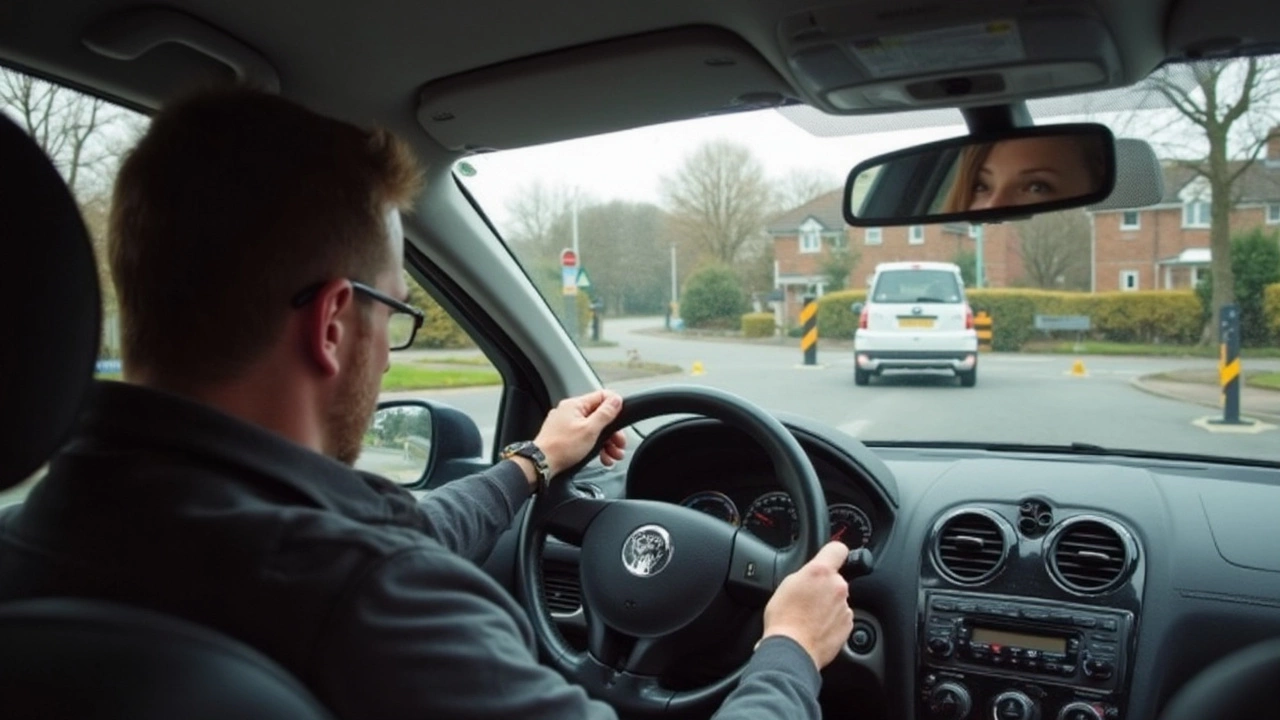Automatic Fail: Mistakes That Can End Your Driving Test on the Spot
If you’re preparing for a UK driving test, you’ve probably heard the term “automatic fail.” It isn’t a myth – certain errors automatically mean you won’t pass, no matter how well you performed otherwise. Knowing what those errors are can save you a lot of time, money, and frustration.
Common Automatic Fail Mistakes
First off, any dangerous manoeuvre that puts other road users at risk leads to an instant fail. This includes running a red light, ignoring a stop sign, or pulling out into traffic when it’s unsafe. The examiner will stop the test the moment they see you do this.
Another big one is a serious stop line violation. If you stop on a double yellow line, on a pedestrian crossing, or block a cycle lane, the examiner will mark you down as a dangerous fault. The same applies to illegal parking during the test – even if you’re only stopped for a few seconds.
Failing to show control of the vehicle is also a trigger. This covers things like steering wheel hand placement that is unsafe, or losing control on a hill start. If you roll back on a hill or stall repeatedly, the examiner can call the test off.
Excessive use of the handbrake while moving, or driving with the handbrade engaged, is another automatic fail. It shows you’re not handling the vehicle properly and can cause loss of control.
Lastly, any illegal use of the mobile phone or other devices while driving is a guaranteed fail. The rules are strict – even a glance can result in an automatic failure.
How to Prevent an Automatic Fail
The best defence is preparation. Practice every manoeuvre in a quiet area before the test day. Pay special attention to stop lines, lane discipline, and hill starts. If you’re unsure about a particular move, ask your instructor for extra sessions.
During the test, keep your eyes on the road and stay aware of signs. Before you move, double‑check the traffic around you. A quick look can stop you from pulling into a red light or ignoring a pedestrian.
Maintain proper hand placement – 9 and 3 o’clock is the standard. It gives you the best control and reduces the chance of an accidental hand‑brake slip.
When you approach a hill, practice the “handbrake release” technique with a friend or instructor. Knowing exactly when to release the brake and give the gas will keep you from rolling back.
If you feel nervous, remember that the examiner is not there to trick you. They want to see you drive safely. Take a deep breath, listen to their instructions, and ask for clarification if something isn’t clear.
Finally, leave your phone at home or turn it off completely. Even a brief glance is considered a serious offence during the test.
By focusing on these key points, you dramatically lower the risk of an automatic fail. It’s not about perfect driving; it’s about staying safe and following the rules. When you avoid the obvious deal‑breakers, the examiner can focus on your overall competence, giving you a fair chance to pass.
Good luck, stay calm, and drive safely – that’s the fastest route to a pass.
- June 28 2025
- 0 Comments
- Rowan Cavendish
Major Faults in Driving Tests: What You Need to Know to Pass
Unpack what counts as a major fault in driving tests, why it matters, and how to avoid it. Learn facts, real examples, and expert tips for passing.
- Driving Lessons (41)
- HGV Training (31)
- Driving Test Tips (31)
- Driving Test Booking (26)
- Driving Licence Renewal (23)
- Driving Theory Test (21)
- Pass Plus Course (15)
- Driving Tips (15)
- Intensive Driving Course (15)
- Driver Licensing (14)
Categories
- December 2025 (12)
- November 2025 (13)
- October 2025 (21)
- September 2025 (5)
- August 2025 (8)
- July 2025 (30)
- June 2025 (30)
- May 2025 (30)
- April 2025 (31)
- March 2025 (30)
- February 2025 (28)
- January 2025 (34)
Archives
- driving lessons
- driving test
- driving tips
- intensive driving course
- driving test tips
- HGV training
- learn to drive
- driving theory test
- driver training
- driving test booking
- pass driving test
- HGV driving
- road safety
- driving license renewal
- Virginia driving test
- learner drivers
- safe driving
- Virginia driver's license
- driving license
- learning to drive

